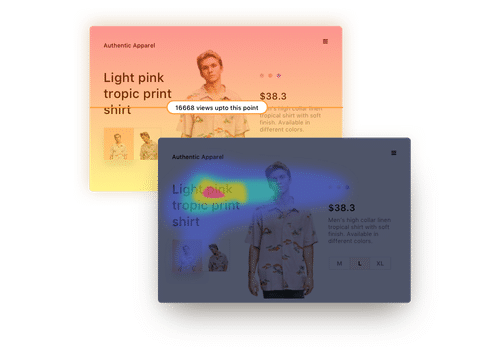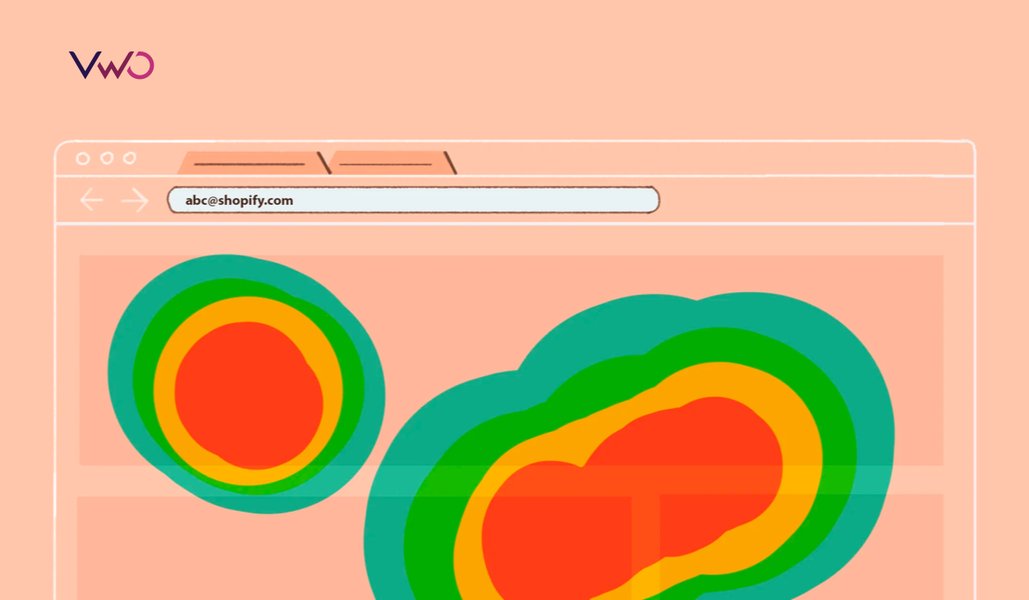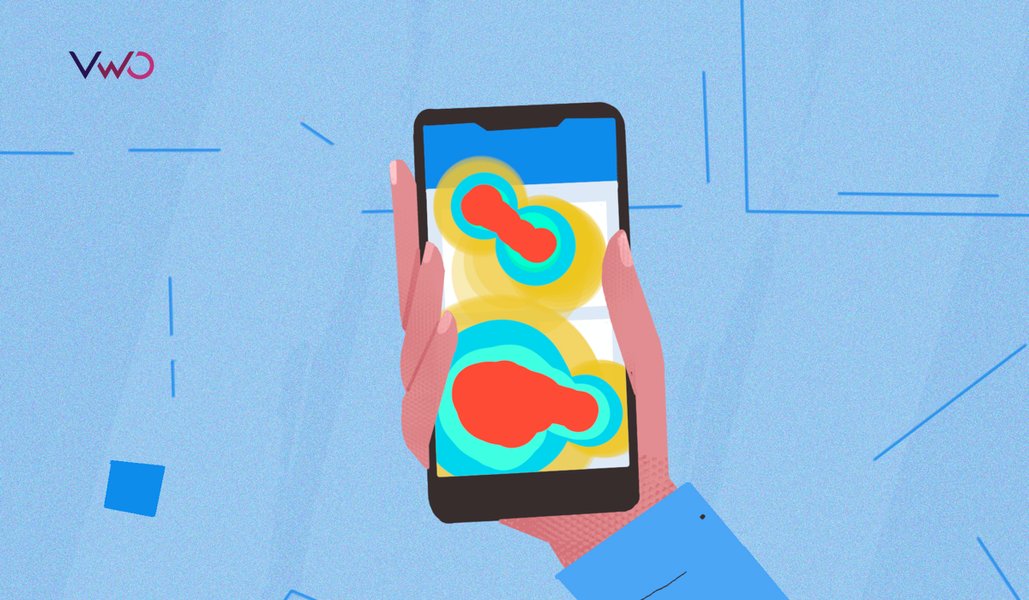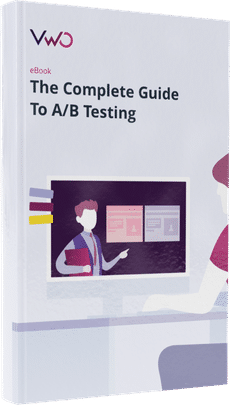Heatmaps: History, Evolution, and Industry Examples
What is a heatmap?
A heatmap (or heat map) is a graphical representation of numerical data, where individual data points contained in the data set are represented using different colors. The key benefit of heatmaps is that they simplify complex numerical data into visualizations that can be understood at a glance. For example, on website heatmaps ‘hot’ colours depict high user engagement, while ‘cold’ colours depict low engagement.
Download Free: Website Heatmap Guide
Heatmaps are powerful tools to understand data, with a wide array of use cases and applications across many industries. In this guide we’ll look at how heatmaps are used across a number of different industries to give powerful insights from data – from stock market analysis to website analysis with our VWO’s heatmap tool.
The history and evolution of heatmaps
Heatmaps were first developed in the 1800s, originating in the 2D display of data in a matrix. The first known usage of heatmaps is credited to Loua in 1873 for presenting various social statistics in Paris using colors. Loua’s heatmap used dark grey and black to denote higher value metrics and light colors like white and light grey to denote lower value metrics. Heatmaps continued to grow in popularity as a method for presenting data throughout the 20th century.
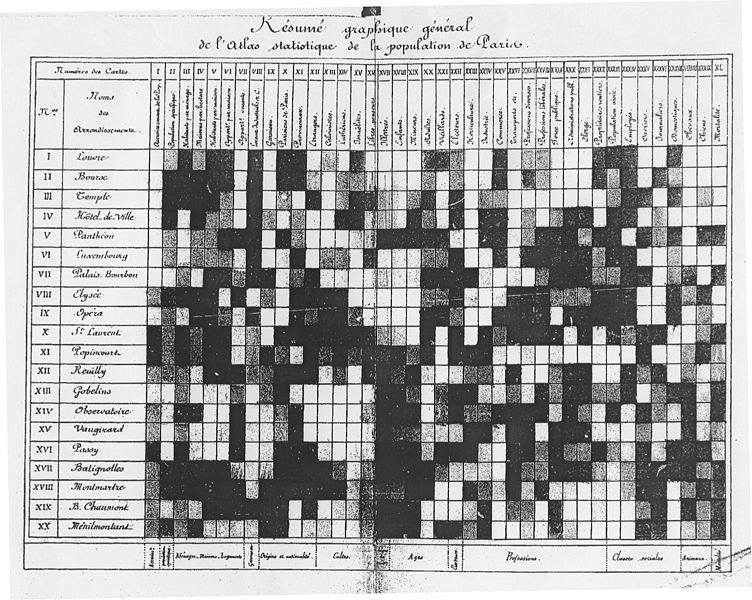
The term heatmap was first trademarked in the early 1990s, when software designer Cormac Kinney created a tool to graphically display real-time financial market information.
Today, heatmaps have become so versatile that they have become the go-to tool for data visualization and analysis not only for statisticians but marketers, business owners, biologists, geographers, and the like. There are many powerful examples across industries, of heatmaps being used to turn raw data into powerful insights and intelligence.
Heatmaps in different industries
Due to their versatility, heatmaps have a wide range of application possibilities. And because they simplify data analysis by visually representing it, people from many industries prefer them over manual data visualization tools such as graphs, pie charts, Excel sheets, and so on.
Let’s look at some examples to understand how heatmaps are used in the market.
1. Website heatmaps
Using website heatmaps, businesses can track user behavior and discover actionable insights that help them improve the website. Website heatmaps are of great value to organizations that have an online presence or use the internet as their main revenue channel such as eCommerce stores, travel and hospitality websites, media services, B2B SaaS companies, and so on.
Website heatmaps represent the hottest (most popular) and coldest (least popular) areas of your web pages using a hot-to-cold color scheme with the warm-toned colors depicting the most popular sections and cool-toned colors depicting the unpopular ones.
Heatmaps help measure a website’s performance, simplify numerical data, understand visitors’ thinking, identify friction areas by identifying dead clicks and redundant links, and ultimately make changes that positively impact conversion rates.

Netflix is perhaps one of the best examples of a digital business that uses heatmaps to gain insights on user behavior and improve user experiences.
The folks at Netflix took it upon themselves to identify their target audience’s streaming interests, the kind of shows and movies they watched, the various genres they identify with, and so on, and then used the gathered data to deliver personalized experiences to each viewer. elow are two of the earliest website heatmaps plotted by Netflix during UX research conducted to optimize their TV experience:
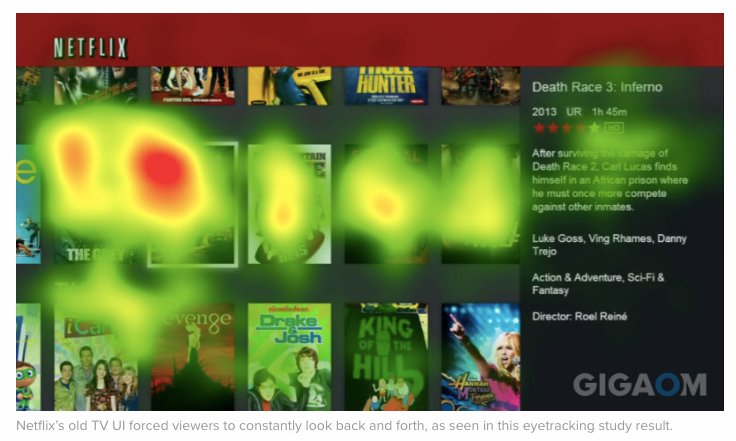
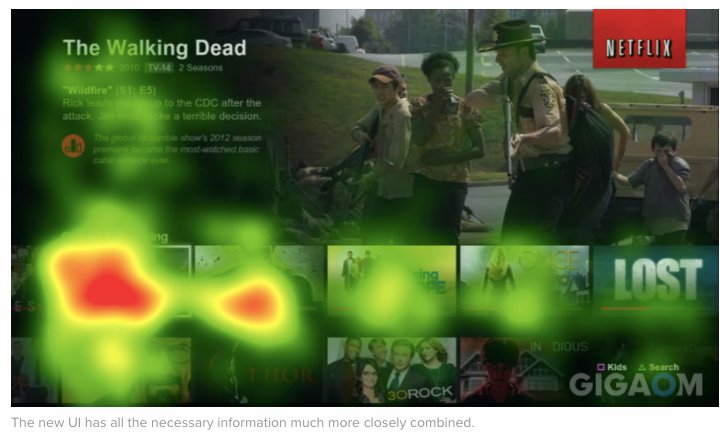
It’s not just Netflix that can optimize website experiences with heatmaps – anyone can do it. Businesses across the globe use VWO heatmaps to understand users and improve conversions. Bear Mattresses used heatmaps as part of a conversion optimization project to create 24% uplift in successful purchases and a 16% increase in revenue in just 19 days. Learn more about heatmaps for UX, creating heatmaps without code, and dynamic heatmaps.
2. Geographical heatmaps
A geographical heatmap or geo heatmap represents areas of high and low density of a certain parameter (for instance, population density, network density, etc.) by displaying data points on a map in a visually interactive manner. Industries like real estate, travel and food greatly benefit from geographical heatmaps.
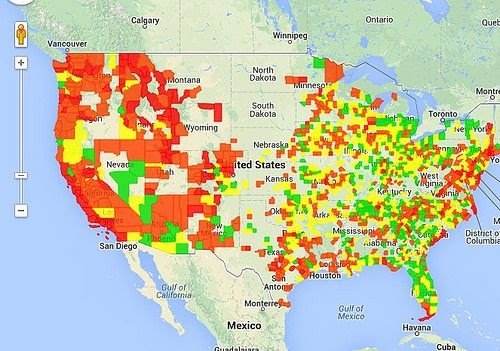
For example, travel websites can make use of geo heatmaps to represent the most busy and popular spots in a selected destination to help travelers make an informed itinerary according to the kind of vacation they are planning.
Geo heatmaps in the travel and hospitality industry
Destination Falkenberg, a company owned by the municipality of Falkenberg, decided to use data that was already available in the country’s tourism departments and branches so they could make the most out of their marketing and promotions efforts. The team collected information on the guests’ postal addresses to be able to identify where the most number of tourists came from.
They gathered data of over 50,000 individual bookings that were made, segmented the data based on the type of accommodation booked, and then projected that data onto a heatmap. This is what the heatmap looked like:
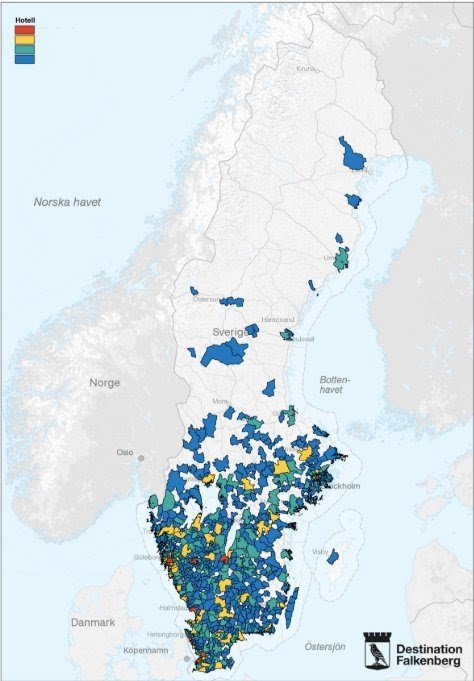
Using heatmaps to visualize and analyze data helped Destination Falkenberg simplify strategic decision making, enabling them to run more targeted marketing campaigns in specific geographic areas.
Download Free: Website Heatmap Guide
Use of geo heatmaps in the QSR industry
Food entrepreneurs, on the other hand, can create geo heatmaps to identify markets where there is the least amount of competition, or areas which have not already been swamped by rival foodchains.
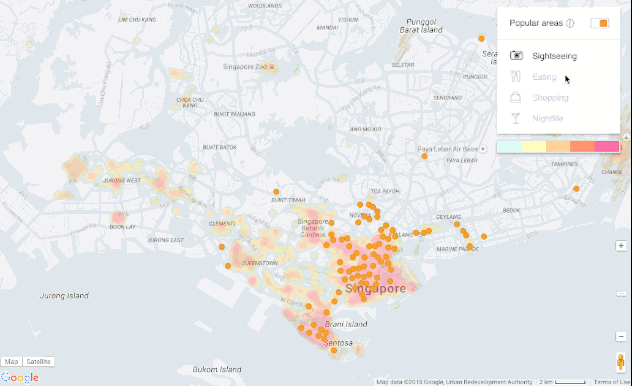
Geo heatmaps are especially useful for businesses that have brick and mortar store networks. They can represent areas of high and low density in terms of population, sectors, high and low selling areas, and more.
Carl’s Jr, a multinational fast-food chain, used geo heatmaps to represent their restaurant locations in the United States:
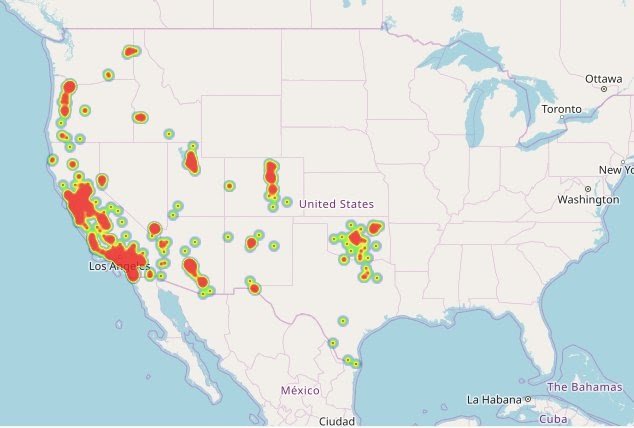
The red areas indicate a high volume of Carl’s Jr restaurants in closer proximity, whereas, the green spots indicate regions with fewer Carl’s Jr restaurants. Combining this with competitor locations, population data, demographic data, transportation and other data sources would give Carl’s Jr insight into where to expand their store network with likely success.
3. Heatmaps in the stock market
A stock index heatmap helps identify prevailing trends in the market at a glance. It uses a cold-to-hot color scheme to indicate which stock options are bullish and which are bearish. The former is represented using the color green, whilst the latter is highlighted in red.
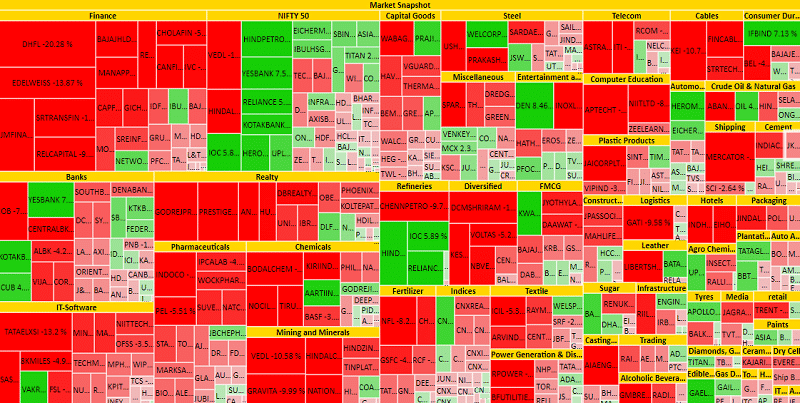
Financial services industry using heatmaps
In the realm of finance, the market value of assets, products, etc., continually fluctuates. Manually logging changes into a document, drawing inferences and patterns, revisiting numerical data, and so on can take many hours. Heatmaps remove multiple steps from the process, enabling users to quickly visualize complex data points and easily compare performance of companies.
For example, Stocktwits offers a free heatmap of trends in eight key sectors, namely basic materials, utilities, industrial goods, health care, technology, financials, consumer goods, and services. The heatmap looks like this:

Filters can be set based on the duration for which you want to see the heatmap, industry, and so on. Using heatmaps, brokers and investors can more easily understand stock performance and make better investment decisions.
4. Heatmaps in sports
Sports heatmaps are actually a very fascinating use case for heatmaps. By plotting heatmaps of players’ on-field performance, coaches and managers can identify patterns within and across games, identify performance areas that need improvement, study rival’s possible game plan and strategy, as well as make data-informed decisions that benefit players, the team and ultimately business and turnover.
Let’s look at the heatmap below:
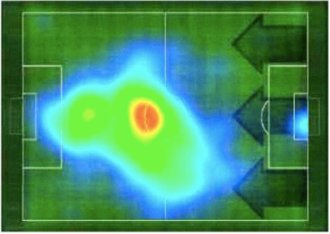
This heatmap depicts the on-field movement pattern of a player in terms of where he spent the most amount of time. Such data visualization can help teams build game-changing strategies that are data-backed and more effective.
Another heatmap example in sports is the comparison of performance of teams by creating heatmaps of them playing home games as well as playing games away. Given below are heatmaps of one single football team playing matches at home and away:

By accessing such data, coaches can understand what enhances the team’s performance on home turf, identify factors that negatively impact the team’s performance on the opponent’s turf, and so on, and then use these insights to plan and strategize for better results.
Watch how to fuel more experiments with heatmap data for a digital business:
Conclusion
Statisticians and analysts employ a plethora of tools and methods to sort the collected data and present them in a more user-friendly manner. To this end, heatmaps help professionals from every industry. To sum up, the reason why heatmaps have gained the impetus they have in the past few decades as a statistical and analytical tool is that:
- It is a visual and accessible method of data representation
- It is readily and easily consumable as it simplifies numeric data and depicts it using a color scale
- One can easily compare various data points plotted on different heatmaps
- It is versatile and adaptable as it can record and present both absolute and derived values
- It removes multiple steps from the traditional data analysis and interpretation process by laying down all the values in one single heatmap
These are only some of the examples of where heatmaps have helped businesses across industries visualize data better and make data-backed decisions. The possibilities are endless.
VWO’s free AI-powered heatmap generator allows you to understand how users interact with your website. It enables you to find bottlenecks, follow your visitors’ trails and analyze how they interact with each static or dynamic element.
To know more about how you can leverage VWO heatmaps to draw valuable insights, sign up for a free demo session from one of VWO’s optimization experts or opt-in for a free trial.
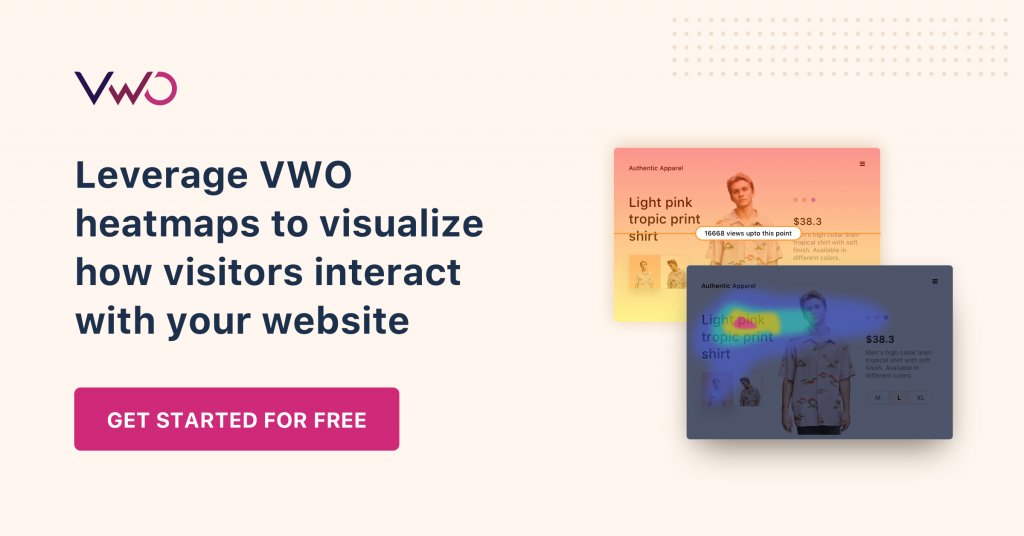
FAQs on Heat Map Examples
Practically any online business can use heatmaps. Industries such as finance, QSR, software, OTT media and travel & hospitality are just a few that rely on heatmaps for data visualization.
Here a few different type of heatmap examples: Geo heatmaps, website heatmaps, stock heatmaps and field heatmaps (used in sports). Get to know more about these examples in this post.



